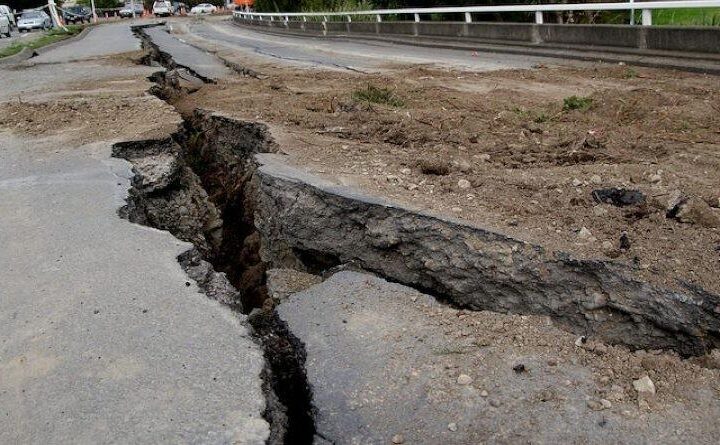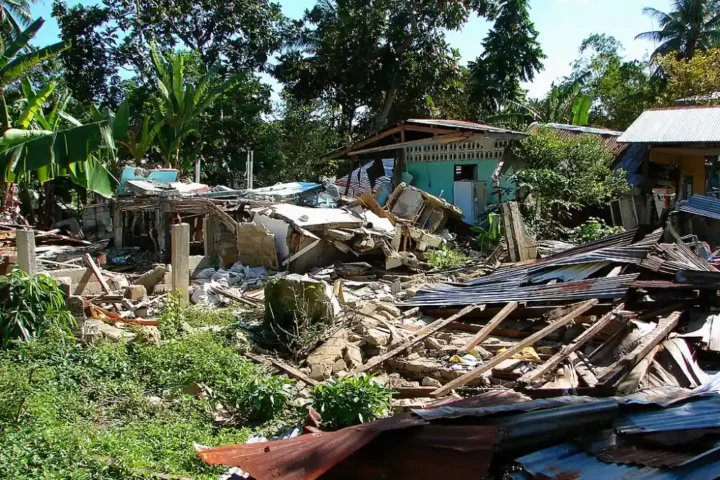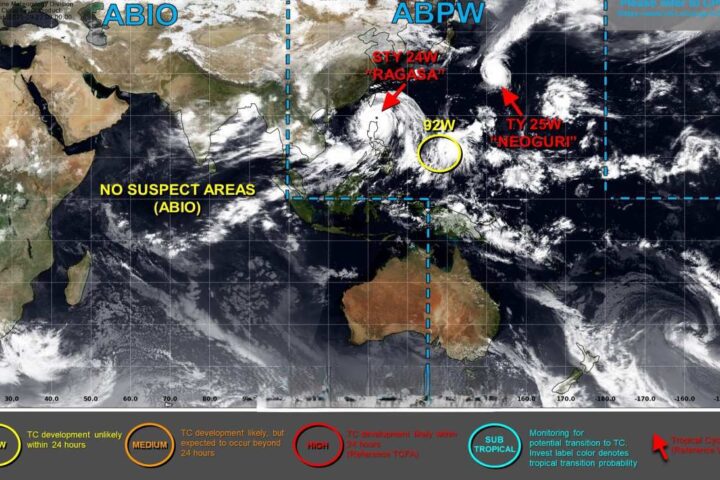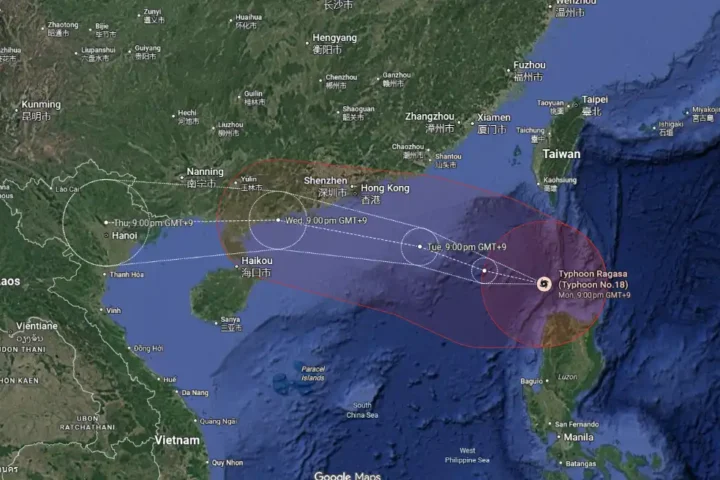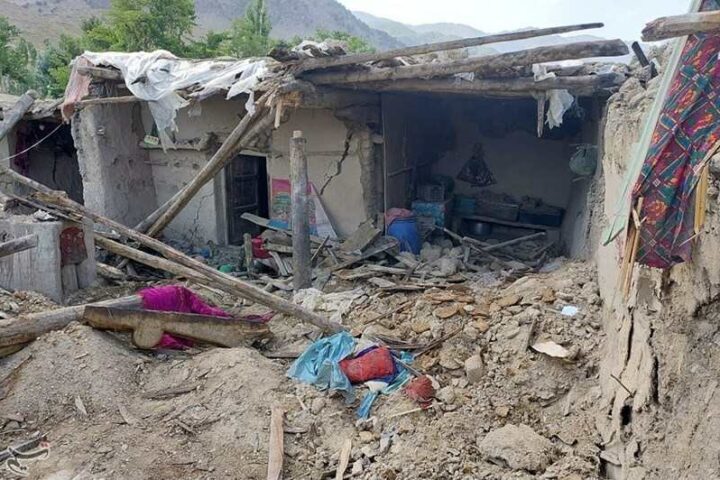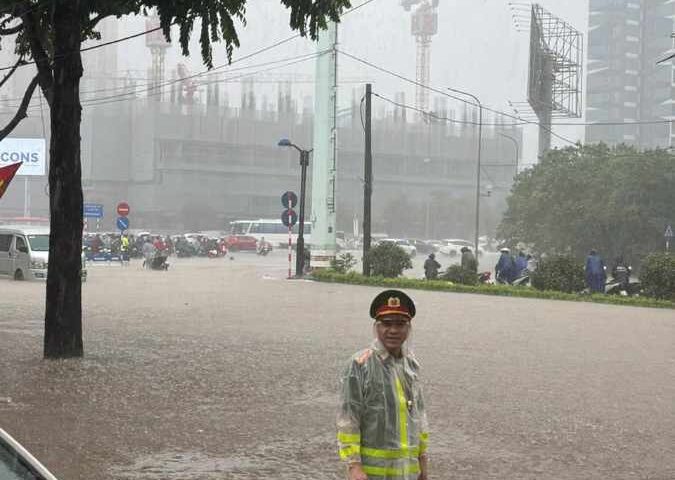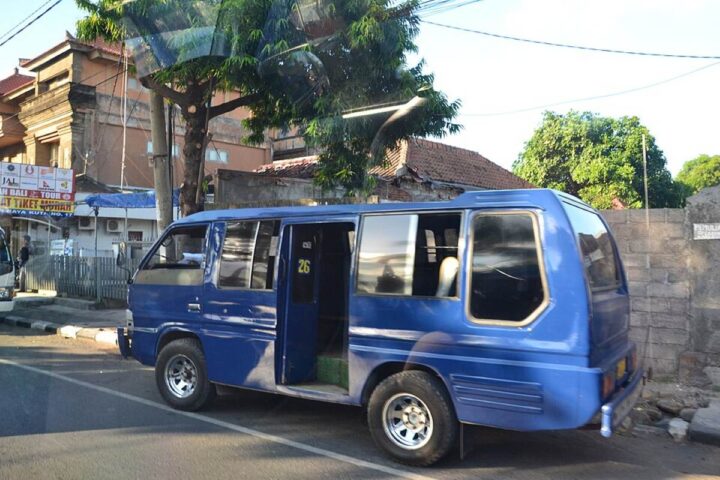
Taliban Cuts 39M People Off Digital World: Afghanistan’s Complete Internet Blackout Enters Day 3
Explore the human impact of the nationwide internet shutdown across Afghanistan
About Afghanistan Internet Shutdown
Afghanistan’s nationwide internet shutdown has cut off 39 million people from digital communications since October 1, 2025. The Taliban government implemented this complete blackout following partial restrictions in northern provinces that began mid-September. Citizens can no longer access education, banking services, or communicate with family abroad, with officials citing “worn out fiber optic cables” as the official reason for the disruption. NetBlocks Internet Observatory has confirmed a “total internet blackout” affecting all telecommunications providers across the country.
The impact on education has been particularly severe for women and girls, who were already banned from schools in 2021 and relied on online learning as their last educational opportunity. International organizations have warned that the shutdown deepens humanitarian crises while isolating vulnerable populations from essential services and support networks.
Interactive Exploration of Afghanistan Internet Shutdown
The Nationwide Impact
Internet connection in Afghanistan is currently down across all provinces
Loading OpenStreetMap of Afghanistan…
Click on any marker in the map to learn about specific regional impacts
Key Statistics
How the Shutdown Unfolded
Initial Regional Restrictions
Taliban begins restricting internet access in northern provinces, including Balkh. Provincial spokesman cites “immorality” concerns.
Expanding Restrictions
Internet limitations spread to several more provinces with users reporting significant slowdowns and service disruptions.
Order from Leadership
Taliban leader Hibatullah Akhundzada reportedly issues decree ordering nationwide internet restrictions.
Complete Blackout Begins
Total internet blackout implemented across Afghanistan. Mobile networks, satellite TV, and fiber connections all disrupted.
Government Statement
Taliban government claims shutdown is due to “worn out fiber optic cables being replaced” rather than a ban, though services remain unavailable nationwide.
Voices from Afghanistan

Fahima
Eastern Afghanistan“I recently enrolled in an online university. I had hoped to finish my studies and find an online job.”
Law graduate and former midwifery student whose education was halted by Taliban restrictions
“My two sisters and I were studying online. We used to stay updated on news and technology through the internet, but now we cannot keep up or learn new skills. We dreamed of finishing our education and helping our father financially, but now we all sit at home doing nothing.”
“Our last hope was online learning. Now that dream has been destroyed.”

Zabi
Eastern Afghanistan“Two days ago, about 45 of my students were in the middle of an exam when the internet was cut off.”
English teacher who moved his classes online after in-person restrictions
“I had men and women in my classes – up to 70 or 80 students at a time. My students were happy and our lessons went smoothly. They were all preparing for IELTS and all their learning depended on the internet.”
“They had been preparing for months, but they missed the opportunity. It was heartbreaking for them – and for me as their teacher. They keep calling me asking ‘Teacher, what should we do?’ For the boys, there are still some English centers open, but for my female students, this was their last chance.”

Anas
Takhar Province“Our business has been affected by about 90%. My brother tried to send an email to a client. He couldn’t get it through.”
Money changer whose business depends on internet connectivity
“My main concern are my three daughters – all of whom used to take online classes. The night before, we heard the Taliban had cut internet access in Mazar, and my eldest daughter came to me with tears in her eyes and said she feared the same would happen here.”
“Their last opportunity to study is now gone. Seeing my children so helpless… that was the hardest for me. Only God knows what will happen to them and to me.”

Airport Traveler
Kabul International Airport“I am waiting for my brother from Australia, but I don’t know if he’s coming.”
One of many confused travelers at Kabul airport with no way to check flight status
At Kabul International Airport, dozens of confused families hold flowers, waiting for loved ones who may never arrive. Others came hoping to depart but now sit bewildered in the hot sun.
With the internet shutdown, no one can check if flights are operating, and the runway is full of grounded planes. After hours of waiting on Tuesday, no international flights took off or arrived at Kabul Airport, despite scheduled departures.
Sectors Affected by the Shutdown
Education
Online learning for women and girls has been completely cut off, eliminating their last access to education after previous restrictions.
Banking & Finance
Banks cannot access operating systems, ATMs are offline, and money transfer services like Western Union are inaccessible.
Healthcare
Hospitals struggling with appointment systems, no ability to call ambulances, and interrupted access to medical information systems.
Communication
Family connections severed across borders, with Afghan diaspora unable to contact relatives inside the country.
Aviation
Flights grounded or irregular, travelers stranded with no information, booking systems and flight tracking unavailable.
Journalism
News agencies have lost contact with local offices, limiting reporting on conditions inside Afghanistan.
Test Your Understanding
When Screens Go Dark: People Behind the Numbers
Families wait at Kabul Airport with flowers for loved ones they don’t know will arrive. Mothers can’t call their children studying abroad. Students sit with unused textbooks from online classes they can no longer attend.
Bank employees tell customers they can’t access accounts. Hospital staff record patient information by hand. Money changers watch their business drop by 90% overnight.
At homes across Afghanistan, families gather around silent phones, waiting for connections that won’t come today.
Phone calls and emails to human rights groups go unanswered. People seeking ways to help find few working channels. International journalists cannot reach local sources.
The blackout continues with no announced end date.



